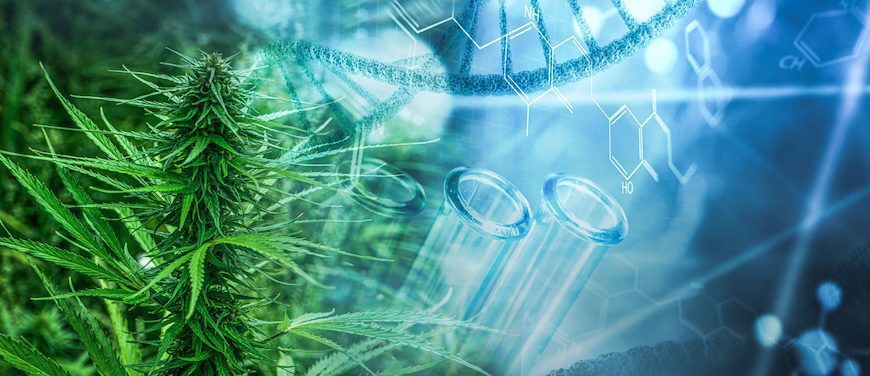Researchers presented a study at the annual meeting of the Radiological Society of North America (RSNA), showing objective evidence that links aching neck muscles to primary headache. It’s a finding that could improve the treatment of conditions like migraine and tension-related headache.
The study, led by German researchers, used advanced imaging techniques to quantify subtle inflammation within the neck muscles. The imaging specifically focused on the trapezius, a kite-shaped muscle that stretches from the back of the neck down through the upper thoracic region.
Why Red Wine Causes Such Banging Headaches
New Migraine Drug Attacks Treatment-Resistant Cases
First Fast-Acting Migraine Nasal Spray Approved by FDA
A Change in Approach
Research typically doesn’t lay the blame for headache pain on muscle inflammation. Dominant theories have primarily centered on neurological or vascular factors as the main culprits in primary headache.
Solving for the cause of common headache complaints would be huge. Tension-type headache affects two-thirds of adults in the U.S. They manifest as a tightening sensation and dull pain on both sides of the head. Though often linked to stress and muscle tension, their exact cause has remained elusive. Migraine headaches, on the other hand, are characterized by severe throbbing pain, often confined to one side of the head or face. Symptoms often include nausea, light sensitivity, and weakness. Over 37 million people in the U.S. – and up to 148 million worldwide — live with migraine.
Study Findings
In the prospective study, a group of 50 participants – predominantly women aged between 20 and 31 – took part. The group included individuals with tension-type headache, those with a combination of tension-type and migraine episodes, and a headache-free control group. Utilizing a 3D turbo spin-echo MRI, the researchers segmented the bilateral trapezius muscles and extracted muscle T2 values, a measure of how quickly the protons in the tissue lose the energy they gain in the presence of a magnetic field.
T2 relaxation time varies between different types of tissues in the body, making it useful for distinguishing between them in an MRI scan. It’s also a key to understanding the role muscle inflammation plays in precipitating head pain. The analysis revealed a significant association between T2 values and the presence of neck pain, number of headache days, and myofascial (the connective tissue around the muscle) trigger points. And the findings held even after adjusting for confounding factors such as age, sex, and body mass index.
The group with both tension-type headache and migraine exhibited the largest muscle T2 numbers, indicating a higher level of inflammation and increased sensitivity in the myofascial tissues. This suggested that inflammation can serve as a biomarker for myofascial involvement in headache. The MRIs also uncovered a clear differentiation between patients with primary headache and those without headache.
“Our imaging approach provides first objective evidence for the very frequent involvement of the neck muscles in primary headaches, such as neck pain in migraine or tension-type headache, using the ability to quantify subtle inflammation within muscles,” said Nico Sollmann, M.D., Ph.D., resident in the Department of Diagnostic and Interventional Radiology at University Hospital Ulm, and the Department of Diagnostic and Interventional Neuroradiology at University Hospital Rechts der Isar in Munich, Germany.
Previous Headache and Neck Pain Research
This latest research builds on previous studies exploring the involvement of neck pain in migraine and headache patients. A systematic review and meta-analysis published in the journal, Cephalalgia, found the involvement of neck pain in migraine patients was higher than those with chronic migraine compared to episodic ones. Another recently published paper in the Archives of Physiotherapy reported greater cervical impairments in tension-type headache compared to migraine. Both studies confirmed the complex interconnectedness between neck pain and primary headaches.
This latest study provides a quantifiable measure of muscle inflammation which opens the door to new approaches to patient stratification and more individualized treatment options. Alleviating tension in the neck muscles could simultaneously ease the symptoms of headache while minimizing the need for medications.



